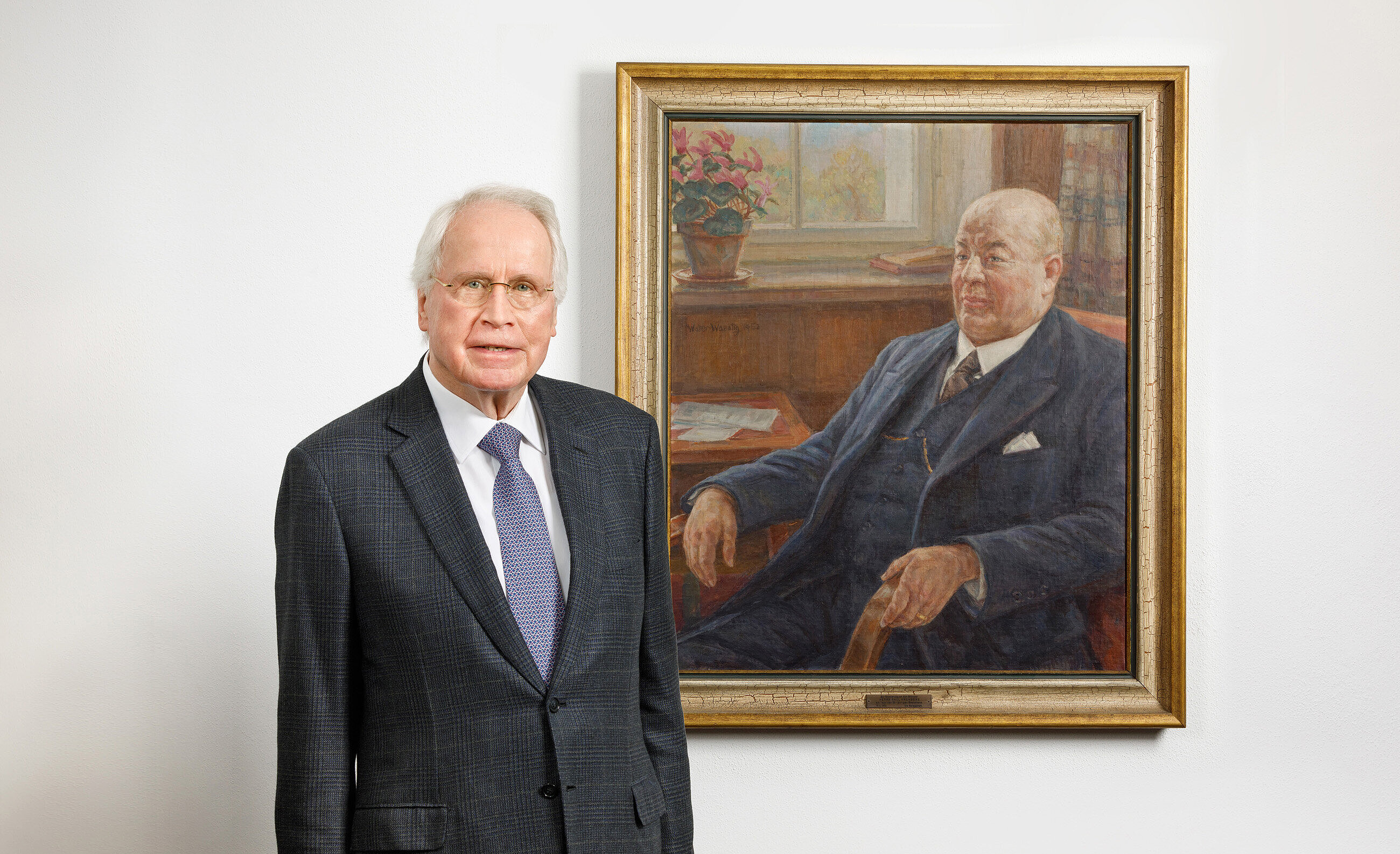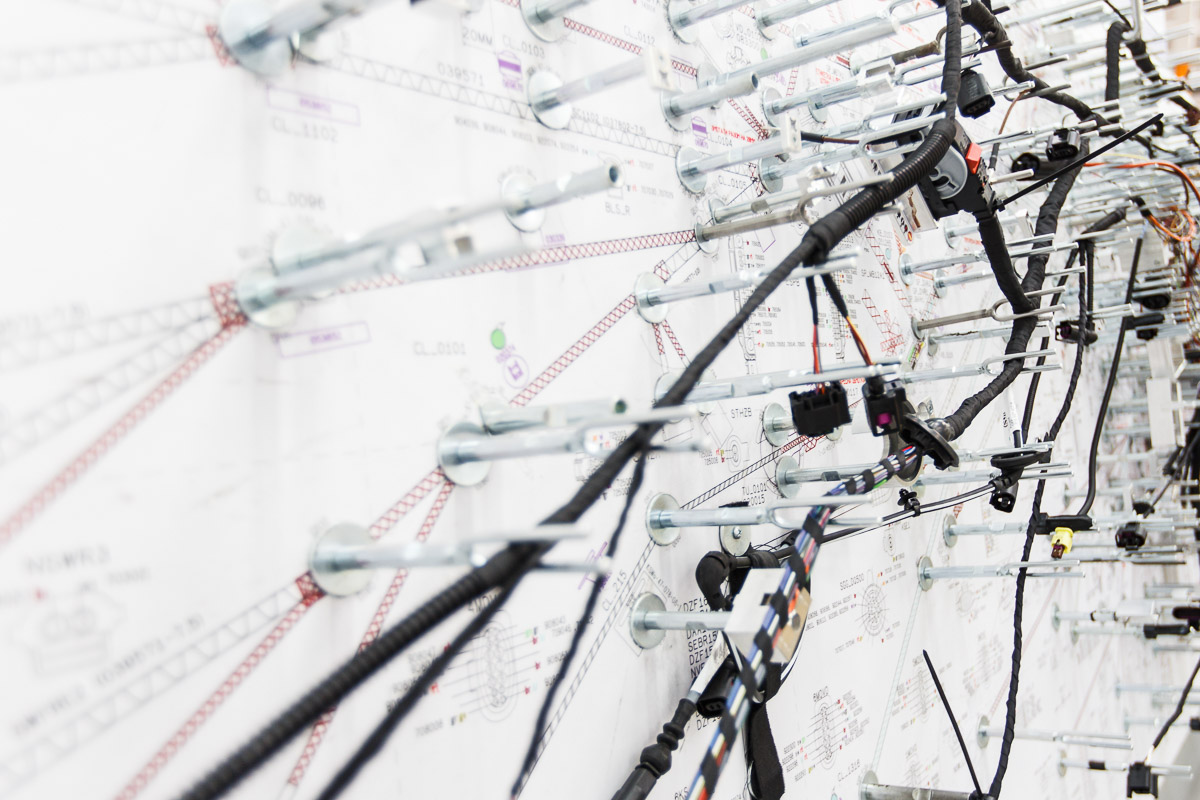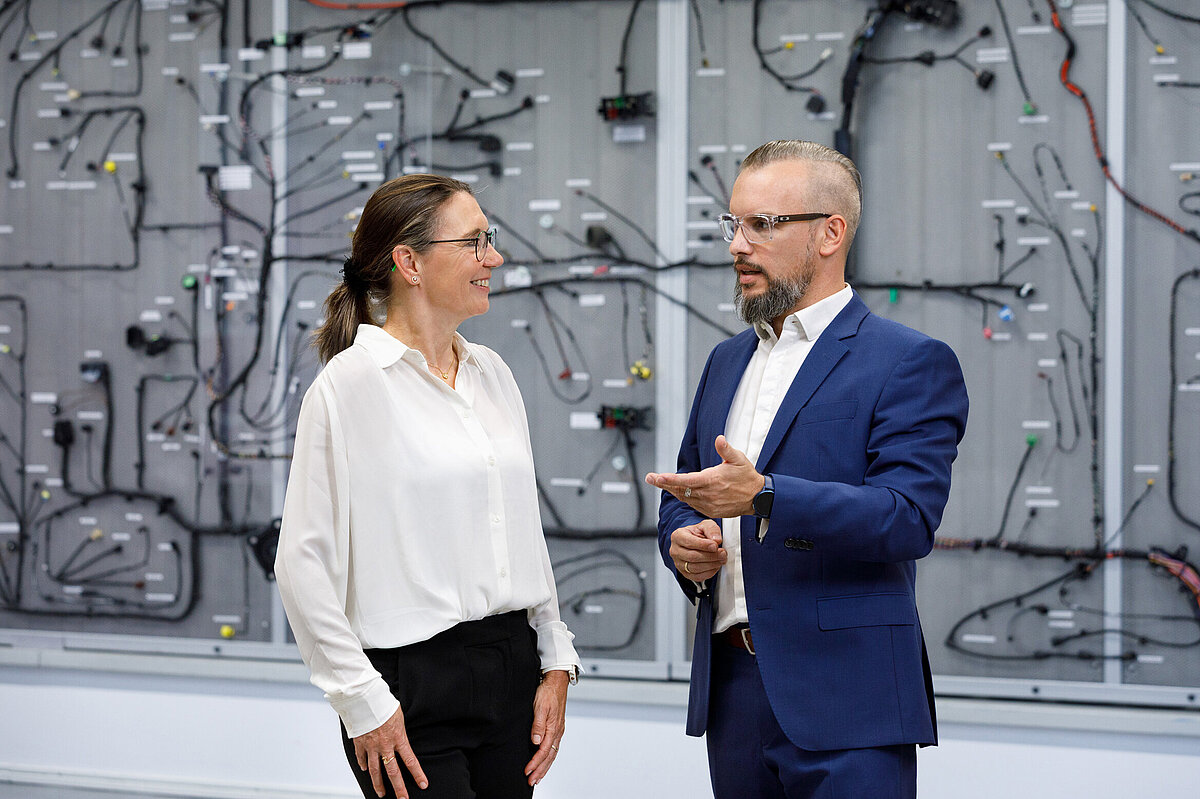Our History Over 120 years of Kromberg & Schubert
Kromberg & Schubert was established in Barmen (now Wuppertal) by Paul Kromberg & Ernst Schubert on 15 April 1902. Now we can look back on over 120 years of company history. Over this period, a small regional business has grown into a global company with more than 50,000 employees.
Over the past 120 years, Kromberg & Schubert has been forced to withstand periods of war and crisis, has coped with increasingly fierce competition and successfully resisted global market concentration to this day. Cohesion, fair cooperation, flexibility and a drive to succeed have been – and remain – our biggest resource along the way.
1902 – 1927: The energy of the founding period
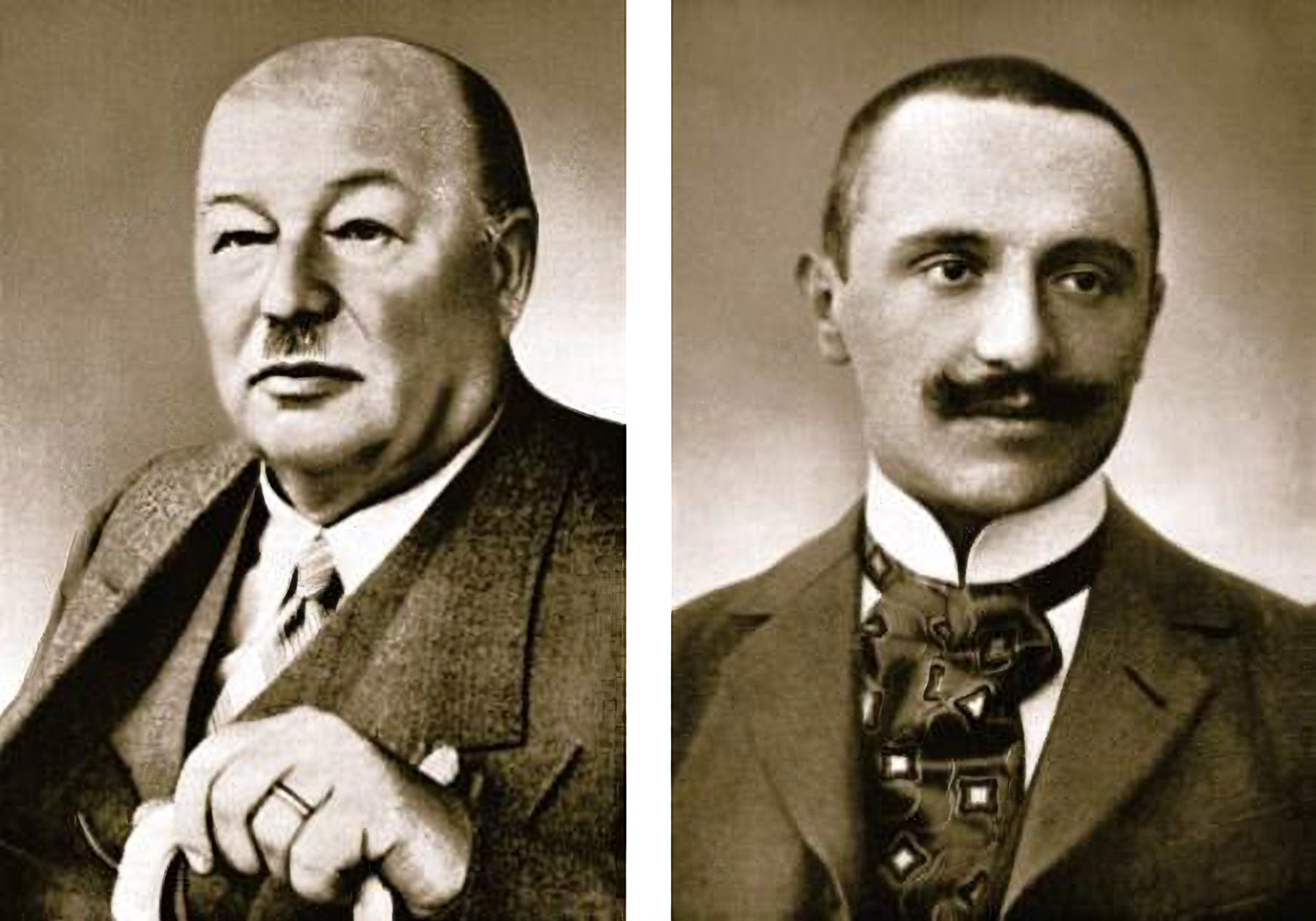
The story of Kromberg & Schubert actually begins in 1901. After completing his training and working as an engineer in the cable industry, Paul Kromberg gradually developed an inkling of the opportunities that would emerge from harnessing electricity. Paul Kromberg begins to manufacture cables in his brother's factory building. His company initially has four employees. As an engineer, his min is brimming ideas – but he does lack business acumen and capital. This is where Ernst Schubert steps in as a partner. He is a businessman and convinced by the notion of a joint company. The two establish the company Kromberg & Schubert in Barmen on 15 April 1902.

With the founding of the company and its entry in the commercial register, Kromberg & Schubert – known as Kroschu for short – begins a tradition that will be maintained throughout the entire history of the company: the purple marker thread. Even back then, it was common practice in the cable industry for every manufacturer to mark their products with a coloured thread to indicate who produced which cable. VDE – the German Association for Electrical, Electronic & Information Technologies – assigned Kromberg & Schubert the colour purple.
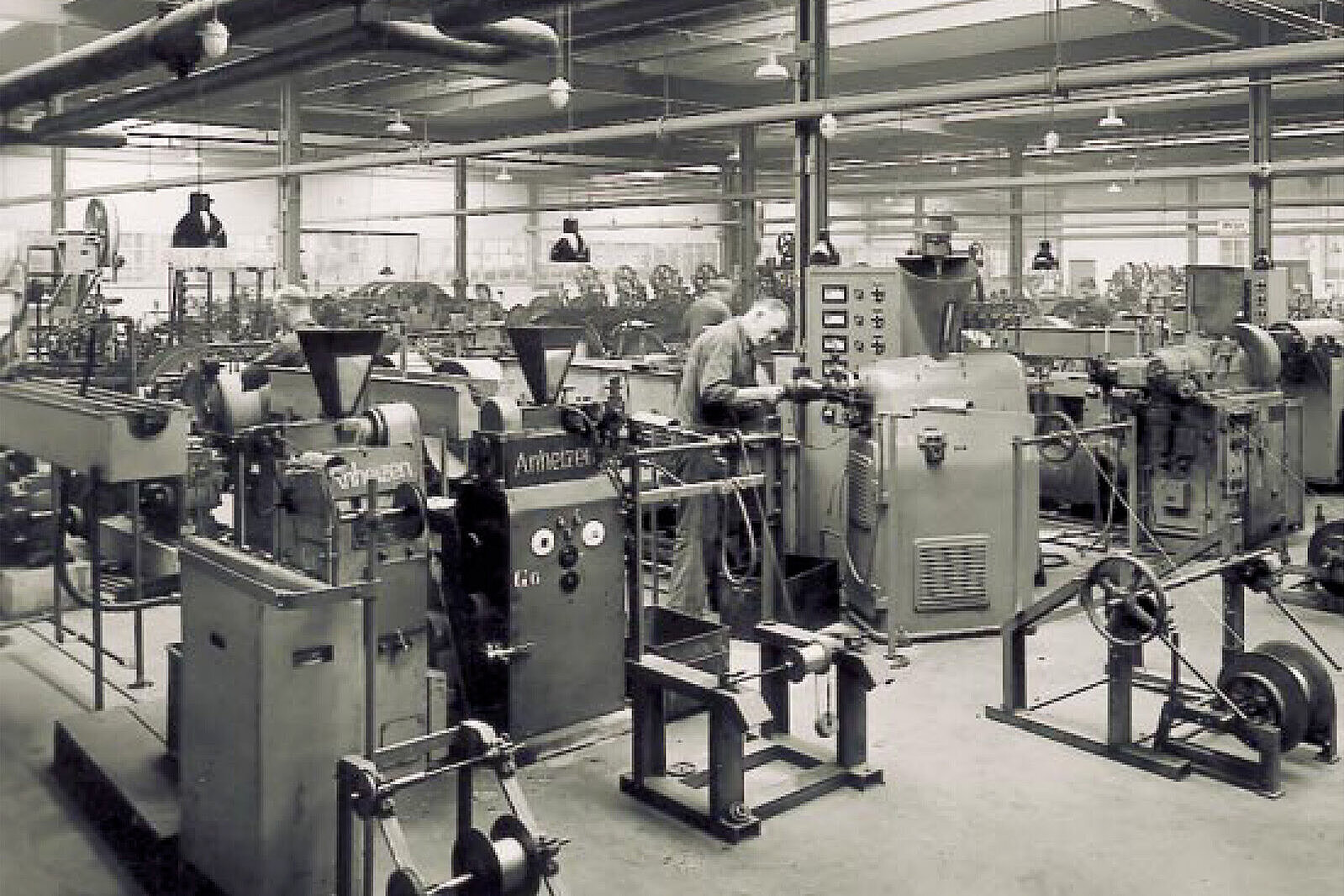
Paul Kromberg works tirelessly to grow the portfolio, which initially comprises rubber-insulated cables, primarily for domestic installations. The company soon enjoys such resounding success that space becomes too cramped. Production moves out of the brother's factory premises and is split between several locations in Barmen. Ernst Schubert is forced to retire from the business for health reasons in 1914. When he passes two years later, Paul Kromberg becomes the sole owner of the company. But he leaves the company name unchanged as the symbol of joint success.
Paul Kromberg is determined to continue the company’s expansion. He manages to buy up some of the competition in the region. Bergische Elektromotorenfabrik GmbH was also acquired. On 15 April 1927, Paul Kromberg celebrates the first quarter century in the company history together with his son Otto, who joined the company in 1926, and 250 employees.
1927 – 1952: The vision of focussed energy
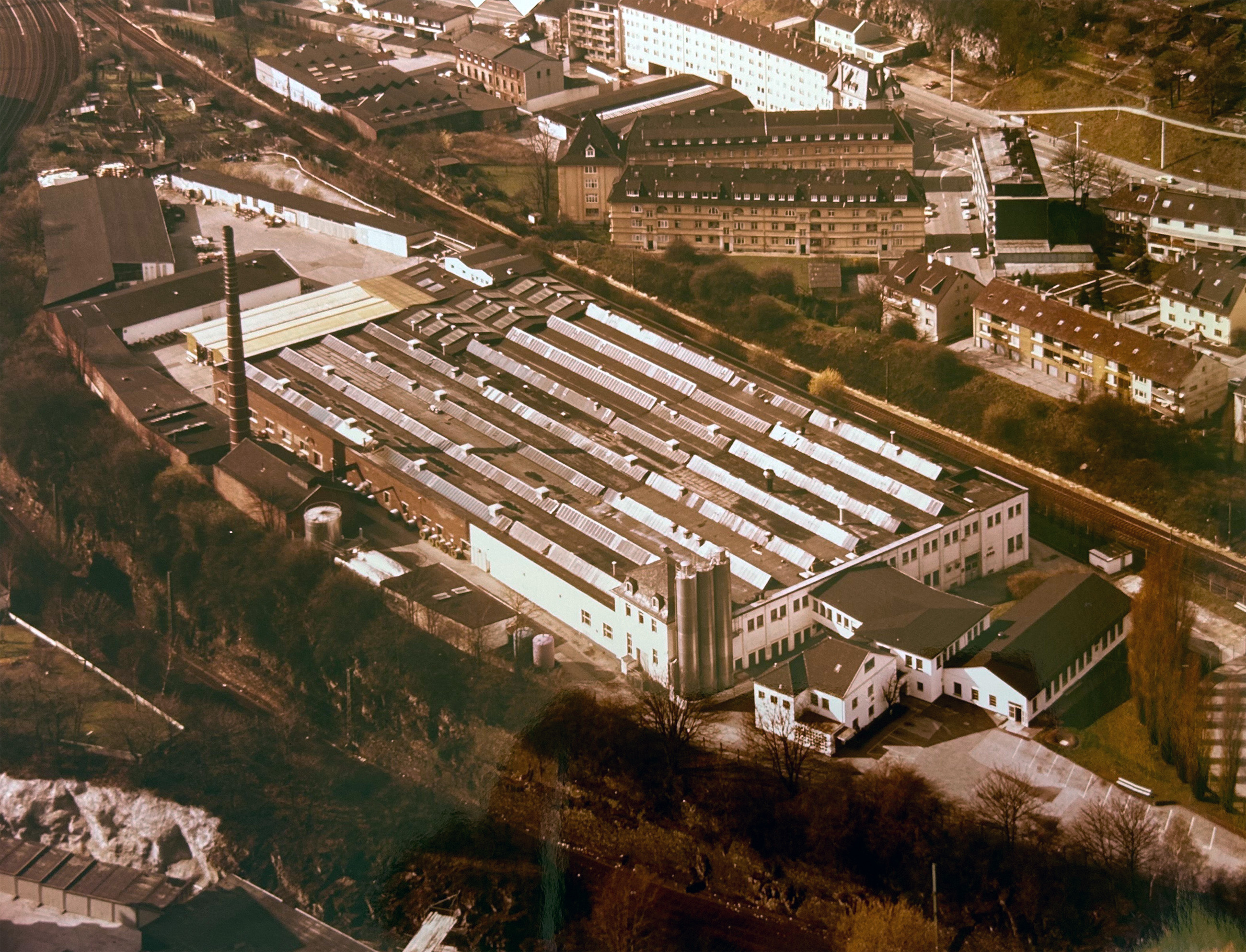
Father and son work side by side for ten years – always with their eyes on expansion. Kromberg & Schubert has been one of the preeminent suppliers of low-current technology since 1932. The time is ripe to embrace a new business segment. One that Kroschu will use to write a chapter of automotive history. Kromberg & Schubert collaborates with leading automotive manufacturers to develop the “cable harness” product as a prefabricated component for assembly in the car body on the assembly line. It marks an innovation in the automaking industry.
Now Paul Kromberg has to “focus” his company: the network of factories and companies had become too confusing. He buys a large factory location in Wuppertal-Langerfeld. It is intended for the construction of a new central production facility, the crowning glory of his life's work. But he did not live to see the culmination of his idea. He passes away in 1937 at the age of 64. But he does leave his son Otto a healthy company with 500 employees. The sole proprietorship is transformed into a limited partnership with Otto as general partner and his mother Emma as limited partner.

Otto Kromberg manages to put his father's plans into practice within just two years. All companies are united by 1939. Centralising the company took immense effort, but the following years would prove to be the most difficult. The Second World War begins with all the attendant violence. A switch in production to field cables, mine blasting cables and torpedo cable sets was mandated in 1940 as part of the war economy.
Broad swathes of the Wuppertal-Langerfeld factory are destroyed by air raids in late May 1943. After painstaking reconstruction, around 80% of all factory and office buildings are reduced to rubble in a hail of bombs in March 1945. The results make for a shocking read after the terrible years of war: the production facilities are largely destroyed and the number of employees has dropped from 700 at the start of the war to 120. A laborious process of reconstruction begins. The German economy slowly recovers. But the upswing once again faces a serios challenge as early as 1951 with the outbreak of the Korean War. Copper – the most important raw material for the cable industry – is a strategic war material and becomes so scarce that prices increase many times over. The economy, and with it the company, enters a period of serious crisis.
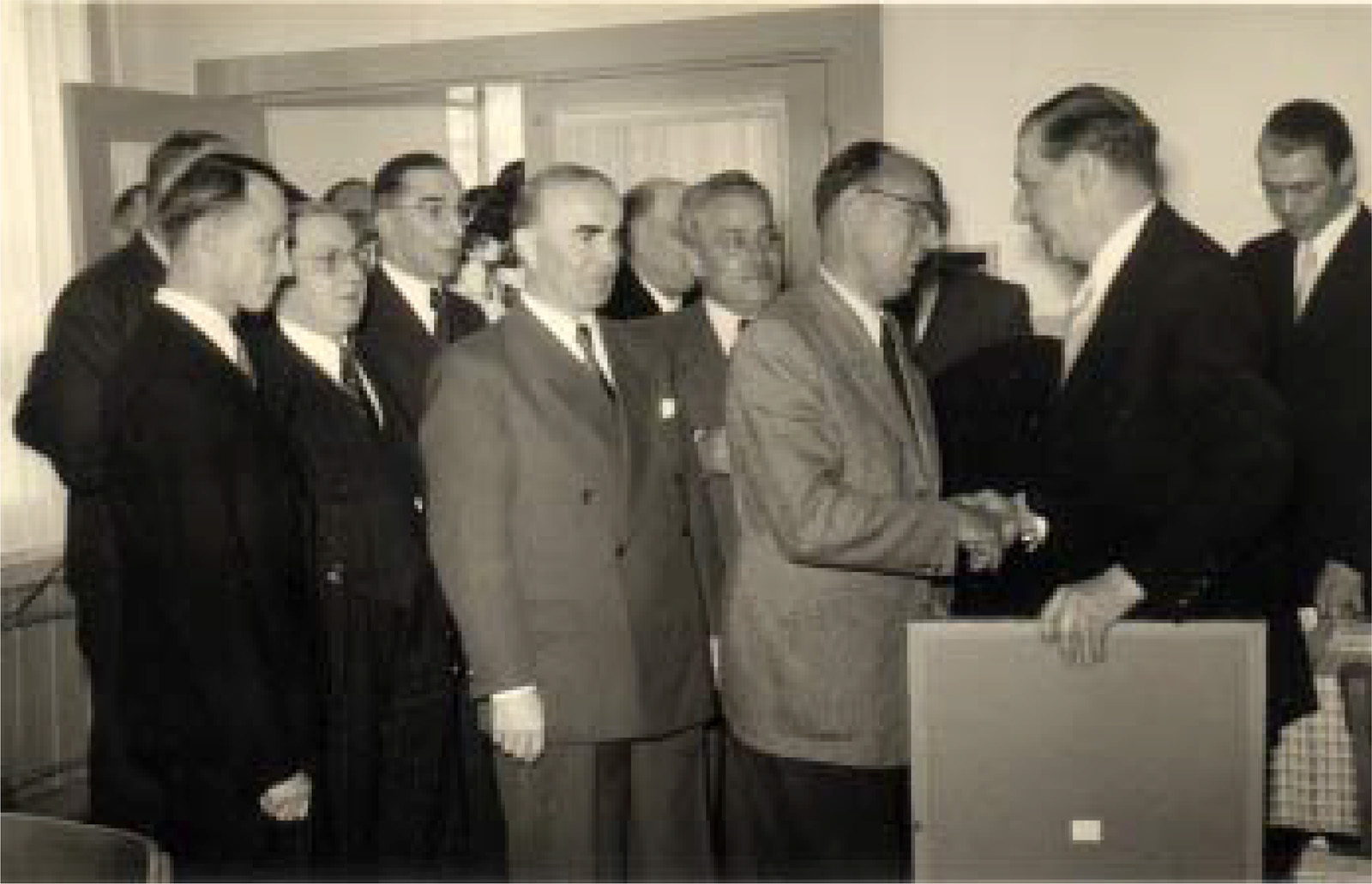
After twelve years of hardship during and after the war, it is hard to find any signs for the return of happier times: Otto Kromberg celebrates the company's 50th anniversary with 380 employees on 15 April 1952. During the years of economic reconstruction, the company develops into a kind of “one-stop solution for custom fits” in the mechanical engineering, telephone and automotive industries. Otto Kromberg successfully continued the purple marker thread and succeeded in clawing back Kromberg & Schubert’s previous market reputation. Otto Kromberg dies unexpectedly on 5 October 1958 – with the workforce having returned to its pre-war level of 700 employees.
1952 – 1977: Bridging the generations
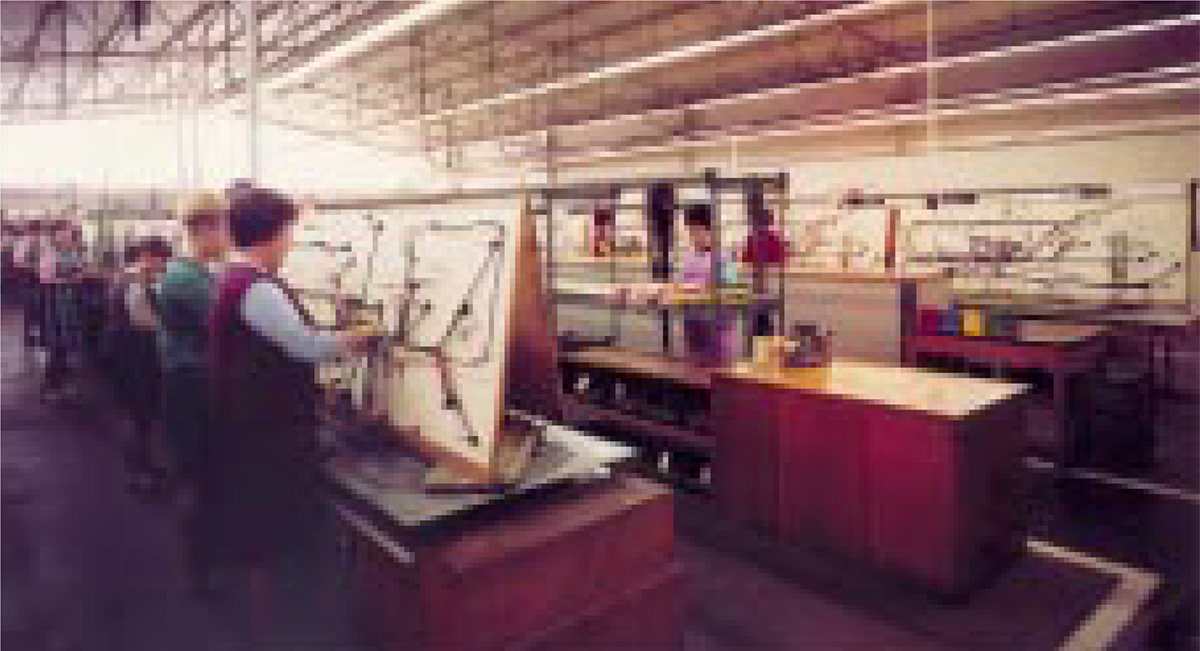
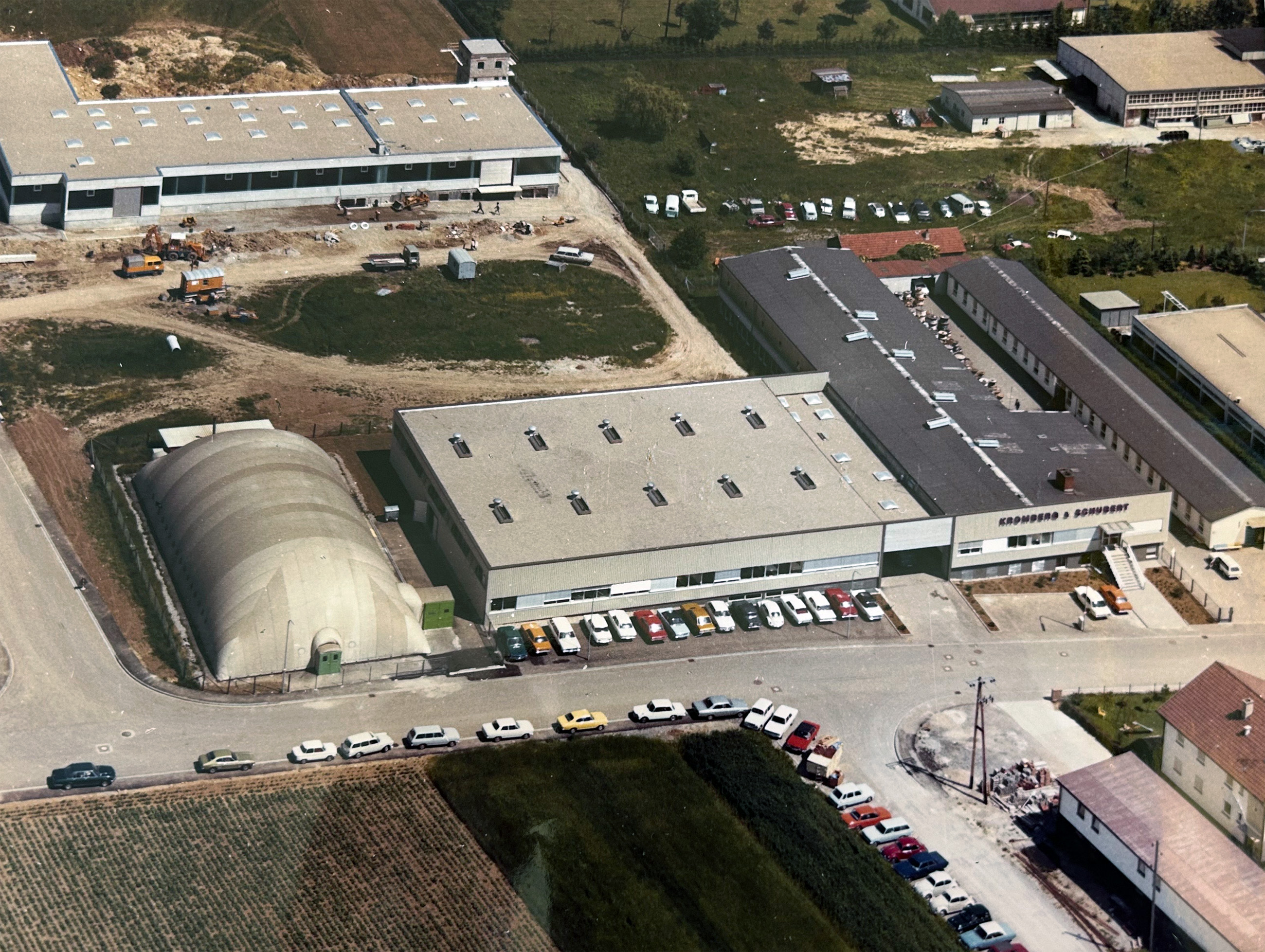
After Otto Kromberg's passing, his widow Gerda Kromberg takes his place. She brings Max Wünsche into the company in 1959 as an experienced manager, who develops new markets and drives growth.
New locations are established in Renningen near Stuttgart and Witten an der Ruhr. Kroschu produces cable harnesses for the computer and telecommunications industry in Renningen and for the automotive industry in Witten. The company expands at a dizzying pace. Production in Witten broadens to include another location four years later. Over 1,300 people have a permanent and secure job in a company that is constantly growing and adapting flexibly to market conditions.
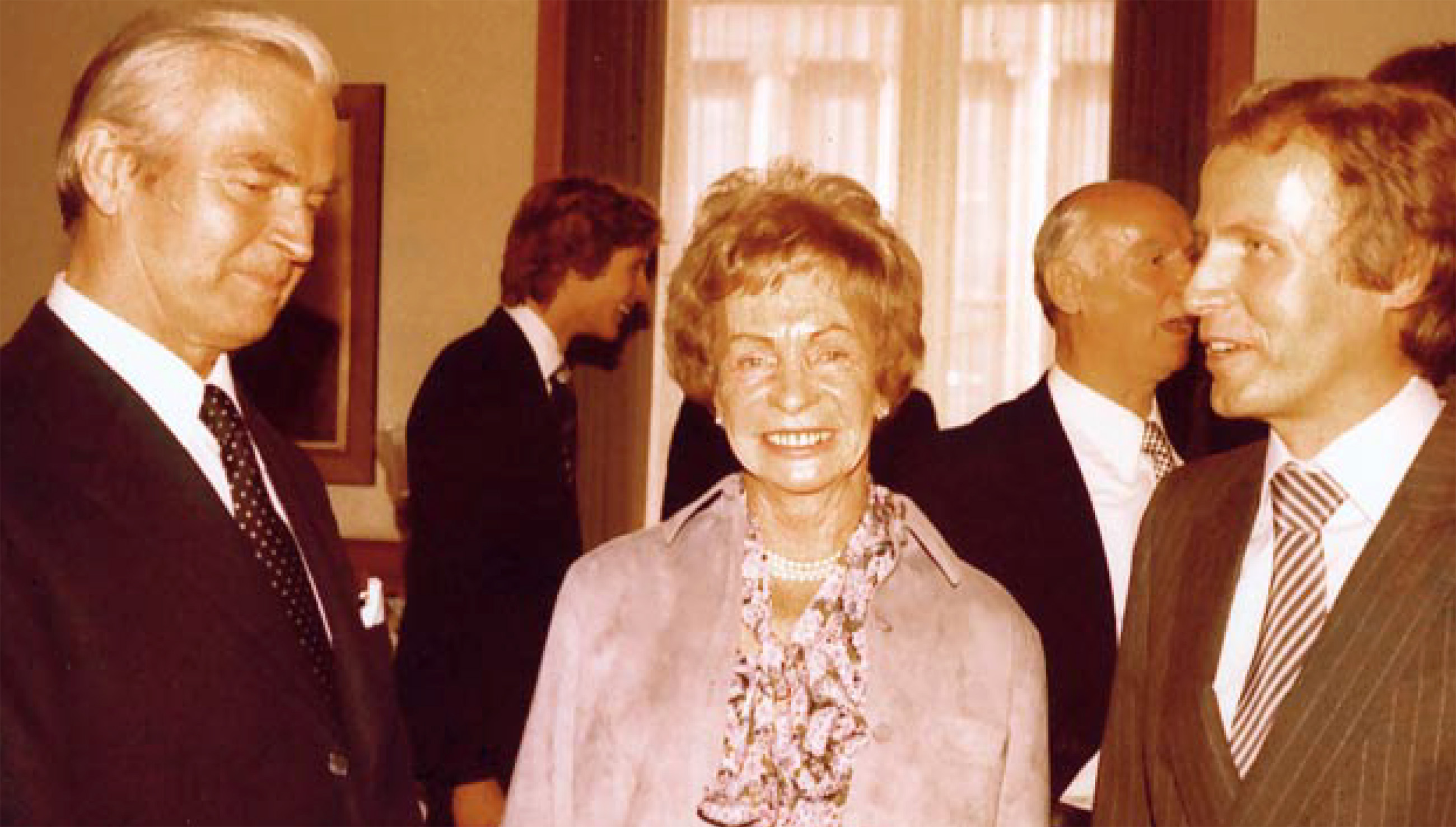
At the age of 30, Hans-Otto Kromberg takes over the position of managing partner and embarks on the company’s path to internationalisation. The portfolio includes cables and special lines, assemblies for computer and telephone manufacturers as well as cable harnesses for the automotive industry. A programme that experiences a dynamic development over the years ahead.
The company celebrates its 75th anniversary on 15 April 1977. The company waives any celebration and instead makes a donation of DM 100,000 to German Cancer Aid. Kromberg & Schubert takes on fresh challenges over the following years: internationalisation efforts intensify with the opening of new locations and the expansion of expertise in development and production.
1977 – 2002: Internationalisation paths
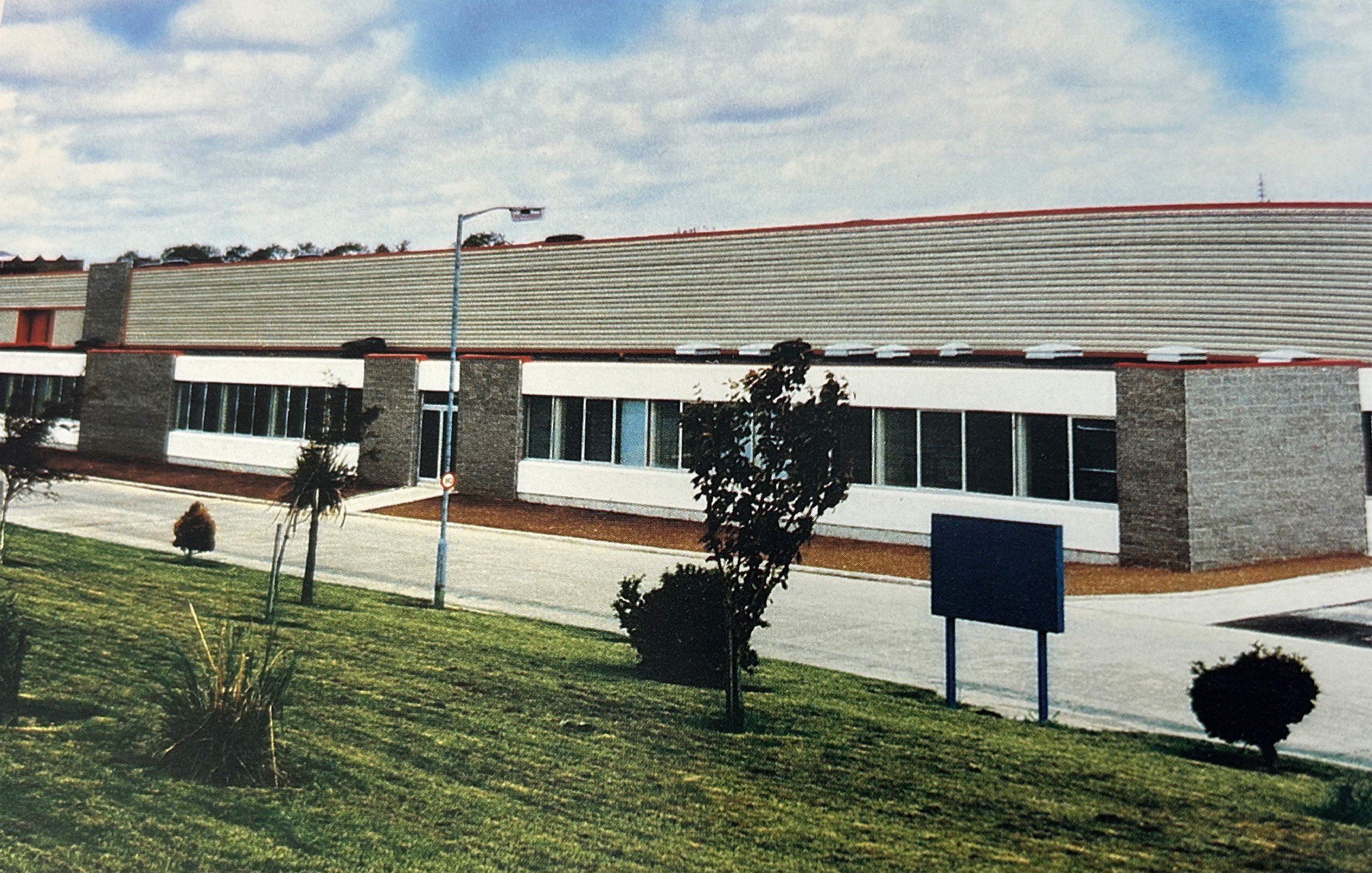
The first phase of internationalisation was noted as far back as 1973 due to a shortage of labour on the German market. Production facilities were established in Ireland and Scotland. Another aspect was added in the early 80s: Germany is gradually becoming unprofitable as a production location due to high labour costs. Producing cable harnesses is very labour-intensive, which prompts the establishment of a company in Portugal. To prepare for expansion in the cable harness segment, Kroschu takes over a production facility for electromechanical components in Oberpullendorf in the Austrian province of Burgenland in 1987. Prospects for new locations emerge in Eastern Europe after the fall of communism and the opening of borders in 1990. Kroschu is the first company to have 100% foreign-owned property in Hungary. A plant opens in Slovakia in 1997, followed in 2000 by the first facility in Romania.
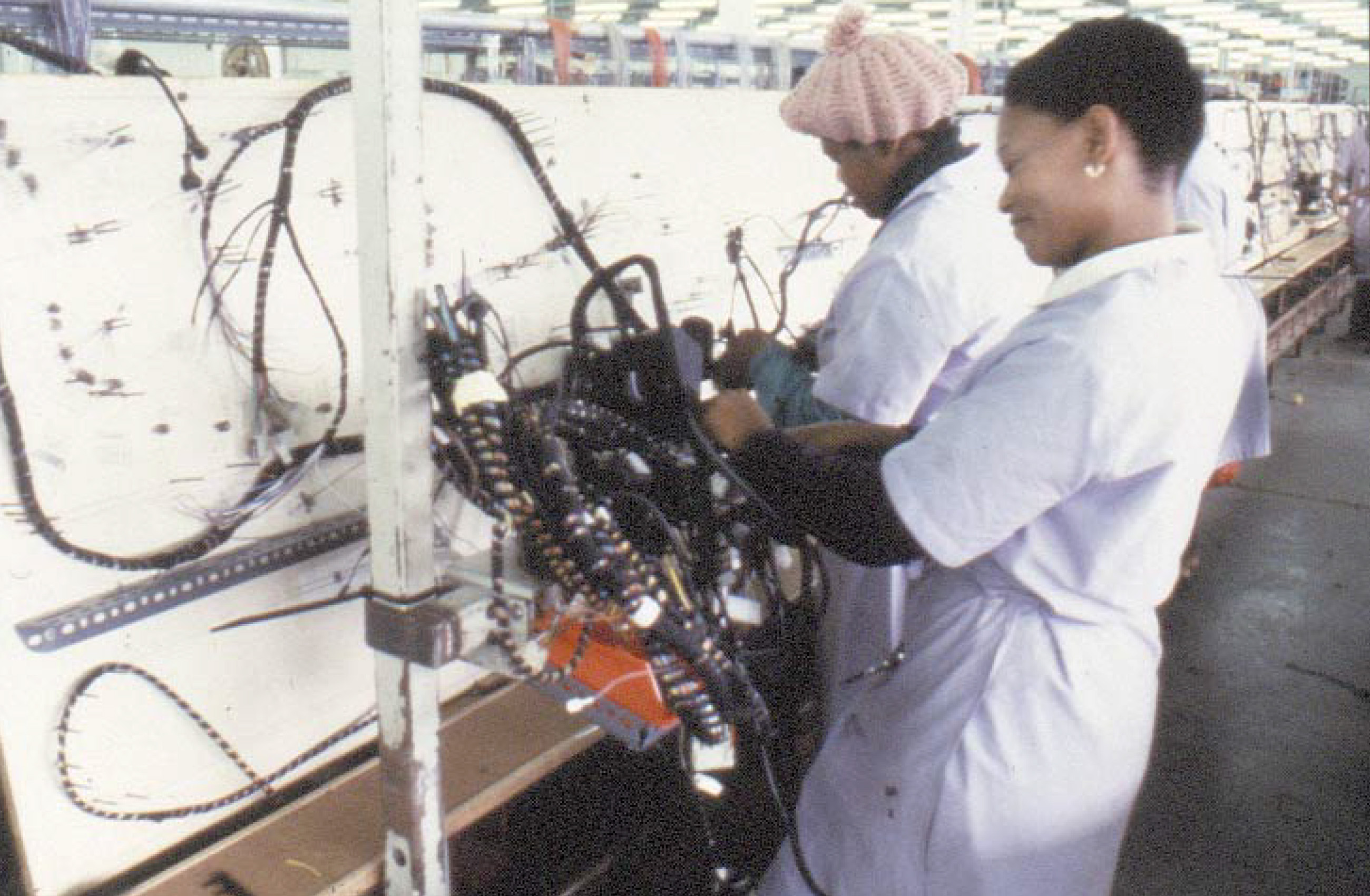
An increasing trend emerges in the automotive industry to establish the same supplier known from Germany on overseas markets as well. Automaking groups build global presences, while traditional suppliers follow suit. While internationalisation still involves identifying the most favourable location to withstand cost pressure, globalisation gradually gathers pace with a view to offering automative manufacturers with services on foreign markets as well. The first location outside Europe is established in South Africa. It is followed by production facilities in Dubai, Argentina, Brazil, Mexico and China.
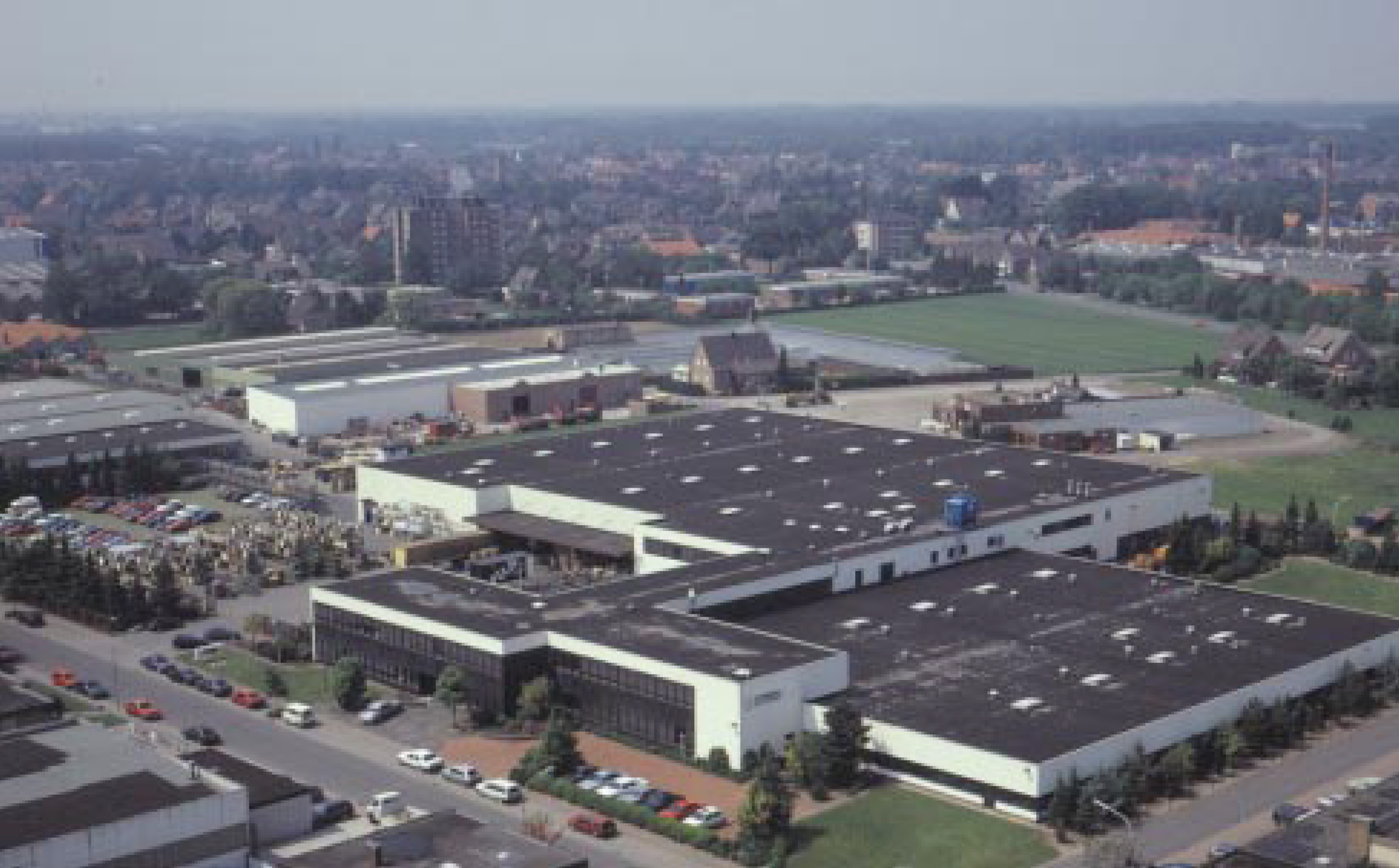
Kromberg & Schubert grows. Expansion also takes place in Germany: in 1990, a new plant in Rhede replaces the Wuppertal location, which has to be closed in response to trade law requirements.
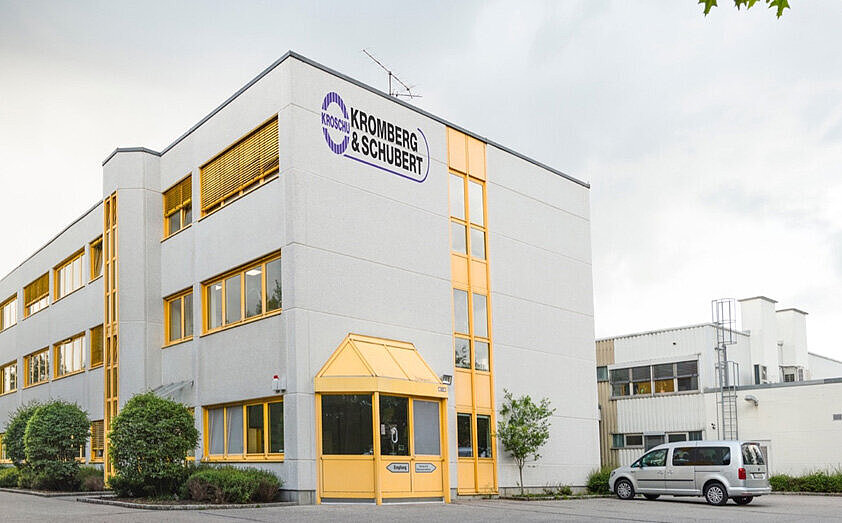
The cable harnesses business for the automotive industry now accounts for over 80% of revenues. The organisation is primarily customer-oriented, which prompts the establishment of customer centres close to the major customers: in Abensberg for BMW, in Renningen for Daimler Crysler and in Wolfsburg for VW. The customer centres are service units that provide engineering, production and quality assurance in addition to sales, development and logistics. They cover all the important functions for the matching customer. Customer proximity also enables maximum responsiveness and efficiency.
2002 – now: Global expansion and continuous growth
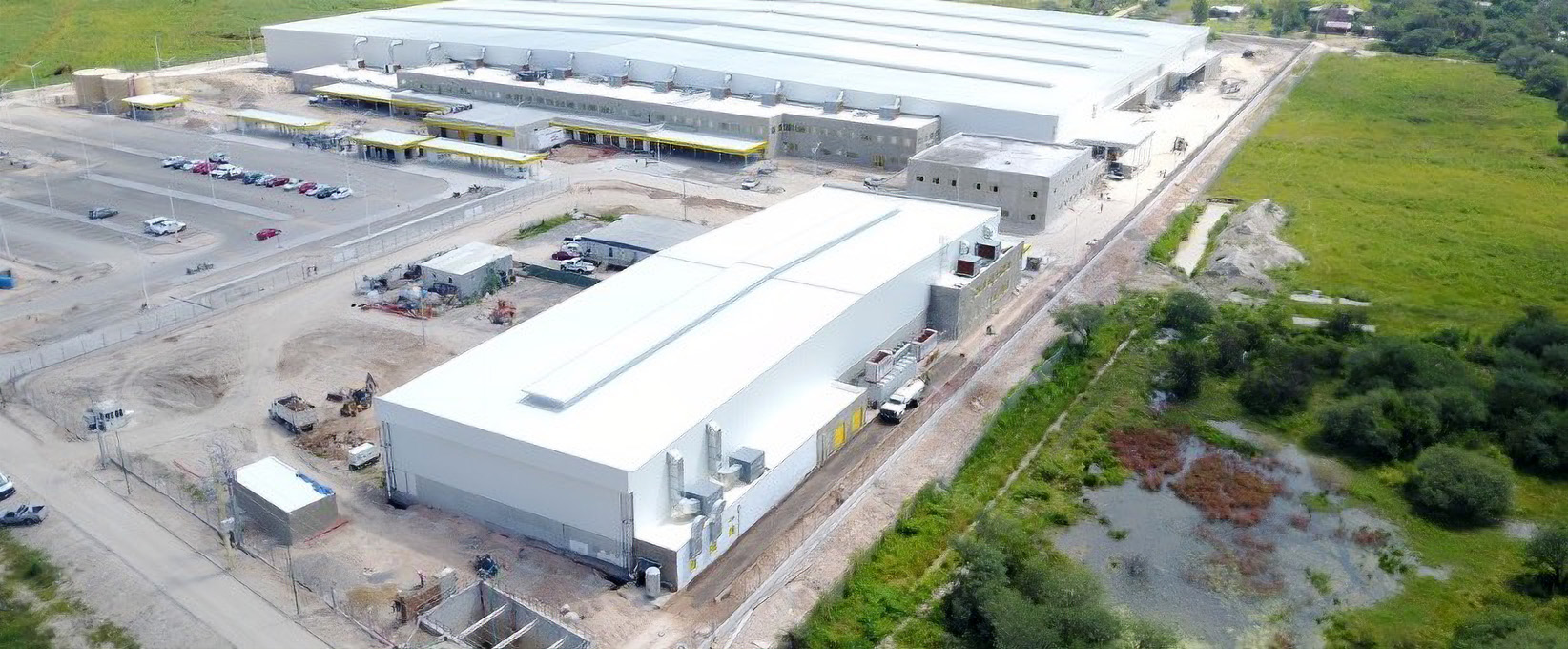
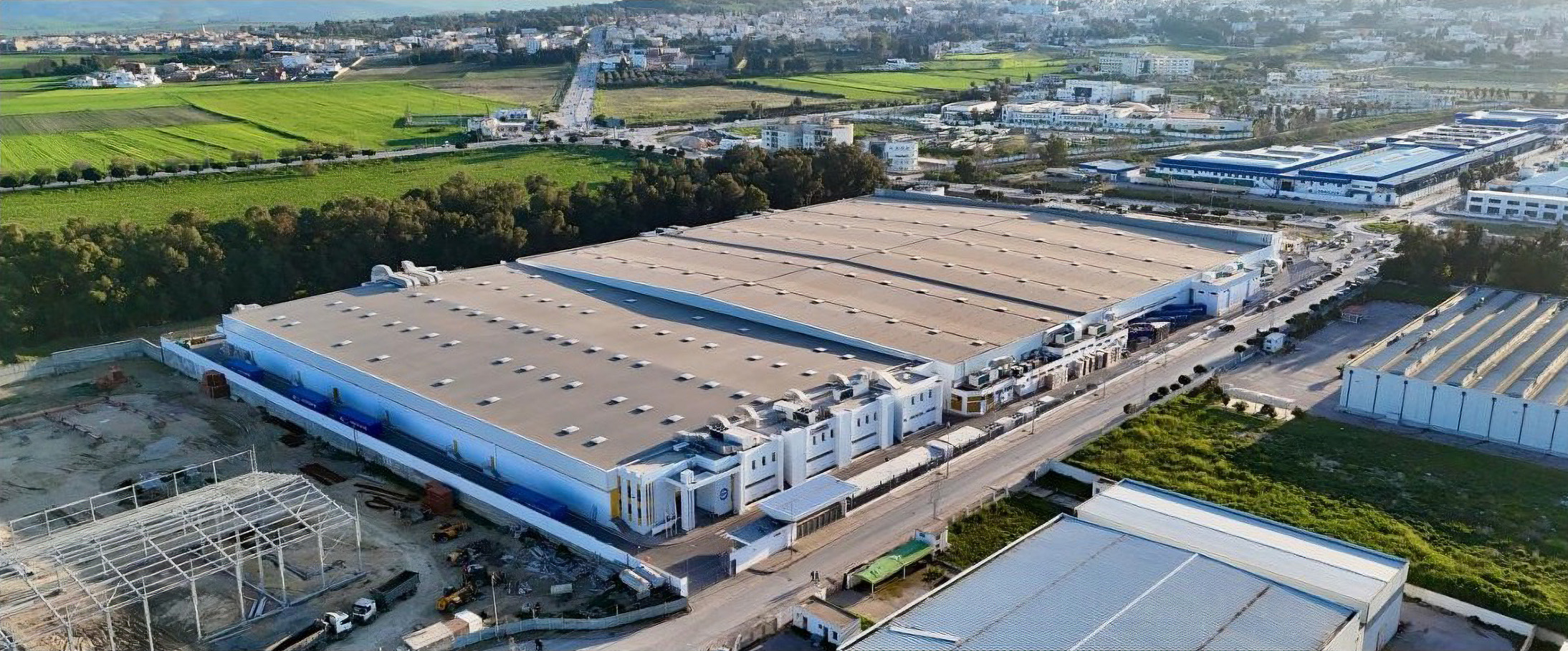
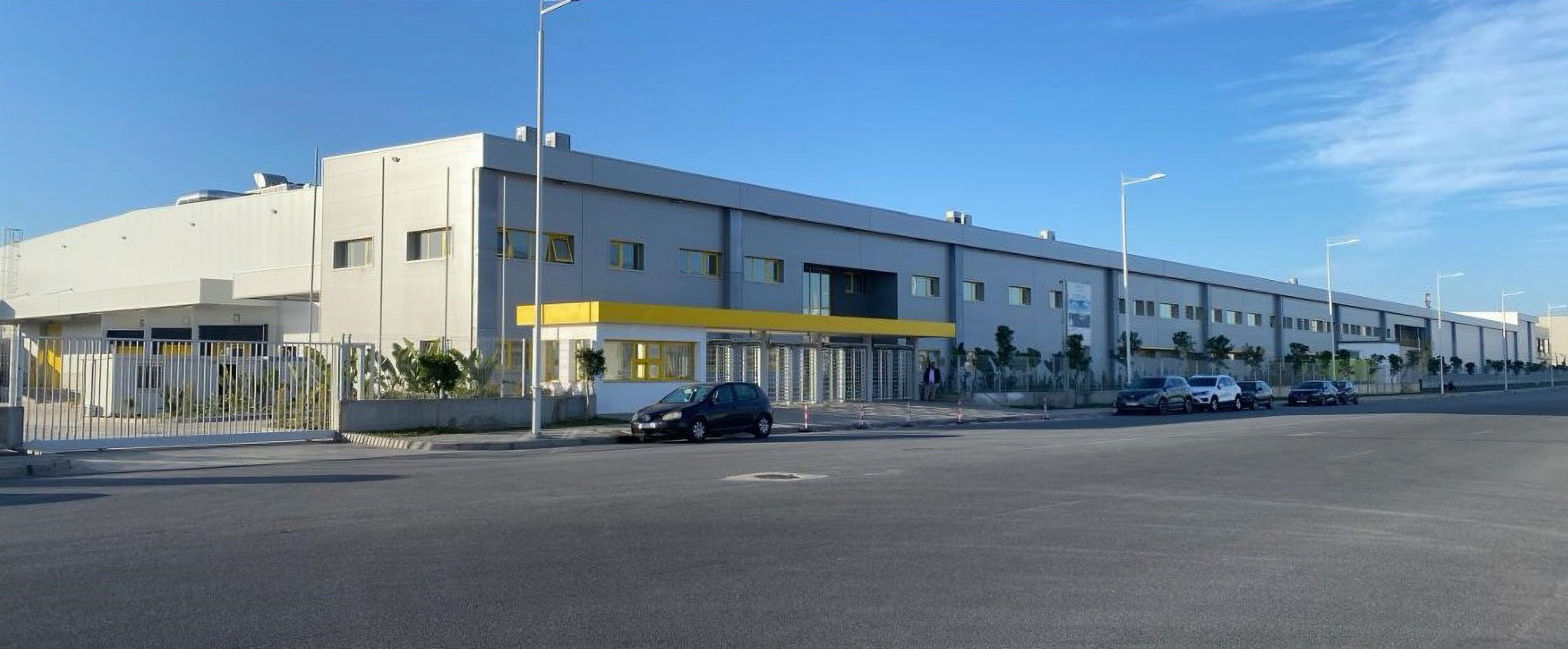
Kromberg & Schubert has continued to develop and expand internationally between 2002 and the present day. Many new locations were opened across the globe, also in countries such as Poland, England, Mexico, Romania, Ukraine, Tunisia, Botswana, Czechia, North Macedonia, China, Morocco, Spain, Serbia and Paraguay.
Our workforce has grown continuously as part of this expansion: from around 14,600 employees in 2007 to approximately 25,000 employees in 2012. We expect to reach the record number of 55,000 employees by 2025.
Kromberg & Schubert has also acquired other important customers over the years, including Audi (2003), Mini (2008), Skoda (2010), Porsche (2016) and Seat (2017). The establishment of a Chinese joint ventures in 2012 marked yet another milestone.
Despite challenges such as the 2008/2009 financial crisis – which caused revenues to plummet to €525 million – the company soon managed to overcome the decline. Revenues topped €1 billion for the first time in 2012.
Renaming the company as Kromberg & Schubert Automotive GmbH & Co. KG in 2020 highlighted our focus on the automotive industry with an international orientation. The coronavirus pandemic in 2020 and the war in Ukraine in 2022 once again presented stiff challenges, but the company managed to maintain its resilience thanks to rapid adjustments and support for affected employees.
With current revenue of €2.6 billion (excluding the Chinese joint ventures), Kromberg & Schubert is continuing its growth path, despite the market complexities and crises.
